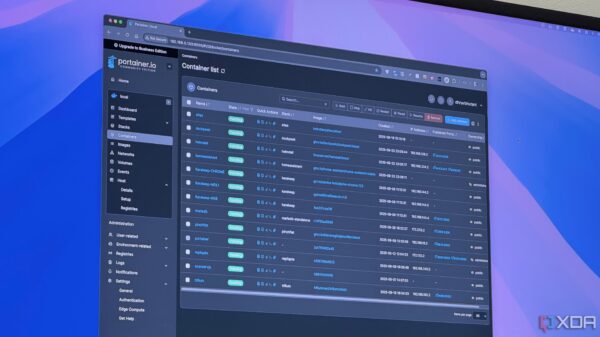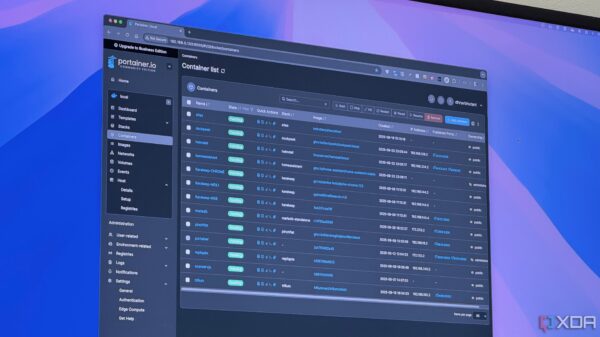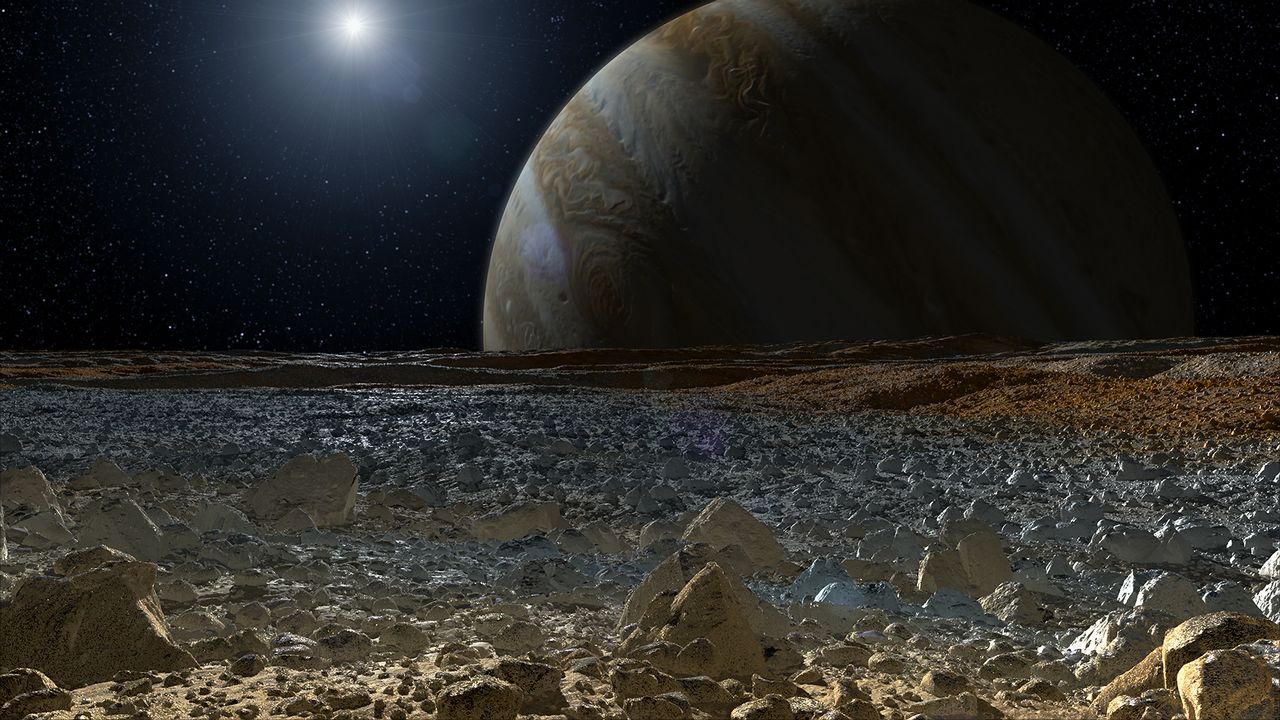New observations from the James Webb Space Telescope (JWST) are transforming our understanding of Europa, one of Jupiter’s moons. These findings reveal that the moon’s icy surface is not a static shell, but a dynamic environment with significant geological activity. The study, published on May 28, 2023, in The Planetary Science Journal, challenges long-held assumptions about Europa’s frozen exterior.
Richard Cartwright, a spectroscopist at Johns Hopkins University and lead author of the study, stated, “We think that the surface is fairly porous and warm enough in some areas to allow the ice to recrystallize rapidly.” This new perspective highlights the possibility of ongoing processes that affect the moon’s surface and, potentially, its subsurface ocean.
The research focused on two specific regions in Europa’s southern hemisphere: Tara Regio and Powys Regio. Tara Regio, in particular, has emerged as one of the most intriguing areas of study. Observations from JWST detected crystalline ice both on the surface and beneath, suggesting a more complex distribution of ice than previously thought.
By analyzing the spectral properties of these “chaos terrains,” scientists gained insights into the moon’s chemistry and its habitability potential. Ujjwal Raut, a program manager at the Southwest Research Institute and co-author of the study, noted, “Our data showed strong indications that what we are seeing must be sourced from the interior, perhaps from a subsurface ocean nearly 20 miles (30 kilometers) beneath Europa’s thick icy shell.”
The study also delved into the unique chemistry present on Europa. Laboratory experiments revealed that the intense radiation from space creates a disordered form of ice known as amorphous ice. This finding is crucial for understanding how the ice transitions between different states, informing scientists about the moon’s surface dynamics.
Cartwright highlighted the discovery of sodium chloride, or table salt, likely originating from Europa’s interior. He remarked, “We also see some of the strongest evidence for CO2 and hydrogen peroxide on Europa. The chemistry in this location is really strange and exciting.” These fractured surface features may indicate geological activity pushing materials from beneath the icy crust.
JWST’s NIRSpec instrument plays a pivotal role in studying Europa’s surface. It can detect key chemical signatures across various infrared wavelengths, including crystalline water ice and a specific form of carbon dioxide known as 13CO2. This capability allows researchers to create detailed maps showing how these materials are distributed across Europa’s surface.
The team observed higher concentrations of carbon dioxide in the studied areas, suggesting that it likely comes from the subsurface ocean rather than external sources like meteorites. This finding indicates that the deposits are relatively recent and linked to ongoing geological processes. Raut commented, “The evidence for a liquid ocean underneath Europa’s icy shell is mounting, which makes this so exciting as we continue to learn more.”
Another significant finding was the presence of carbon-13, an isotope of carbon. Cartwright posed an intriguing question regarding the origin of 13CO2, stating, “Where is this 13CO2 coming from? It’s hard to explain, but every road leads back to an internal origin, which is in line with other hypotheses about the origin of 12CO2 detected in Tara Regio.”
As these discoveries unfold, NASA’s Europa Clipper mission is on a trajectory toward the Jovian moon, with an expected arrival in April 2030. The spacecraft aims to perform numerous flybys, gathering critical data about the ocean concealed beneath Europa’s icy shell. This mission promises to deepen our understanding of Europa and its potential for hosting life beyond Earth.







































































